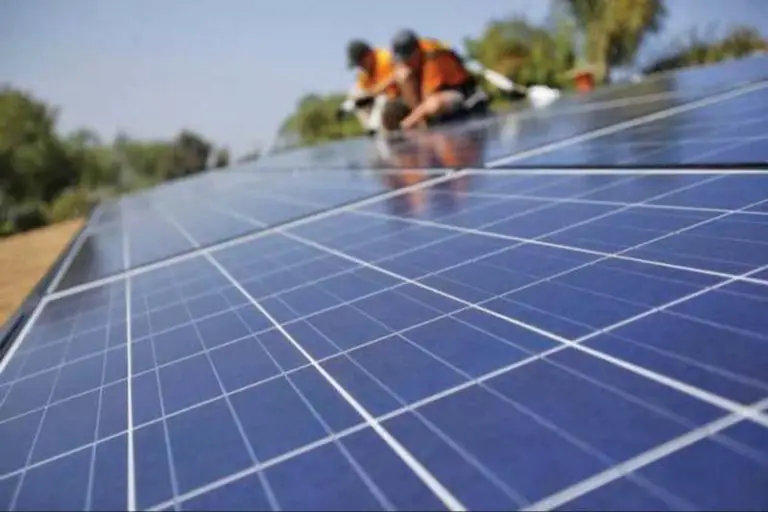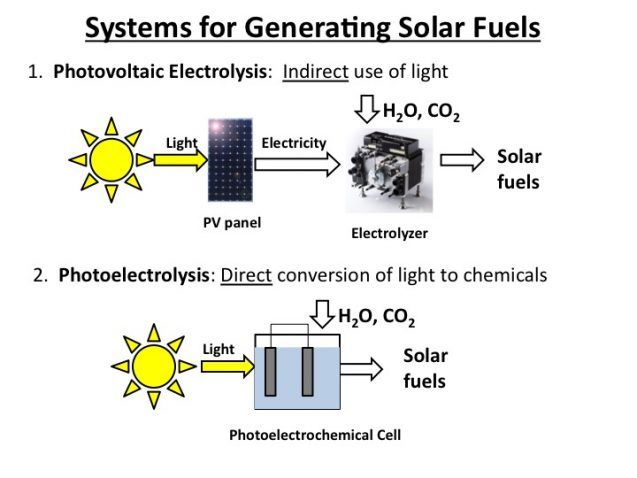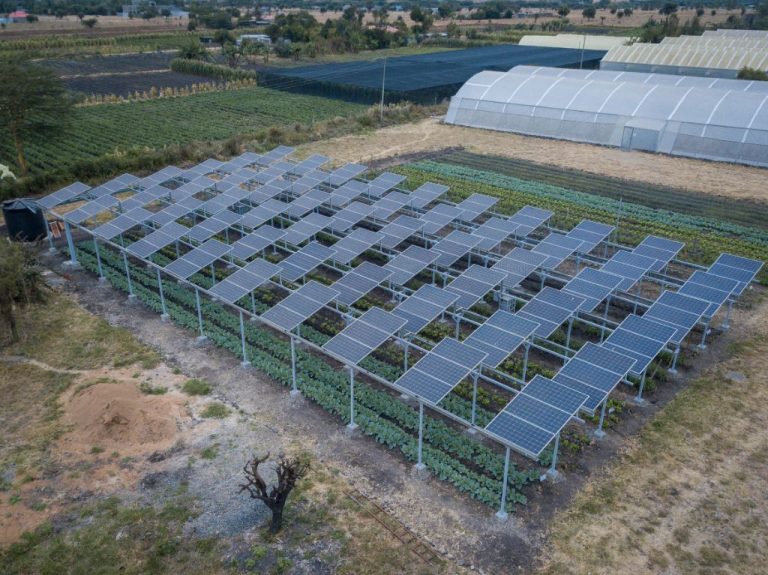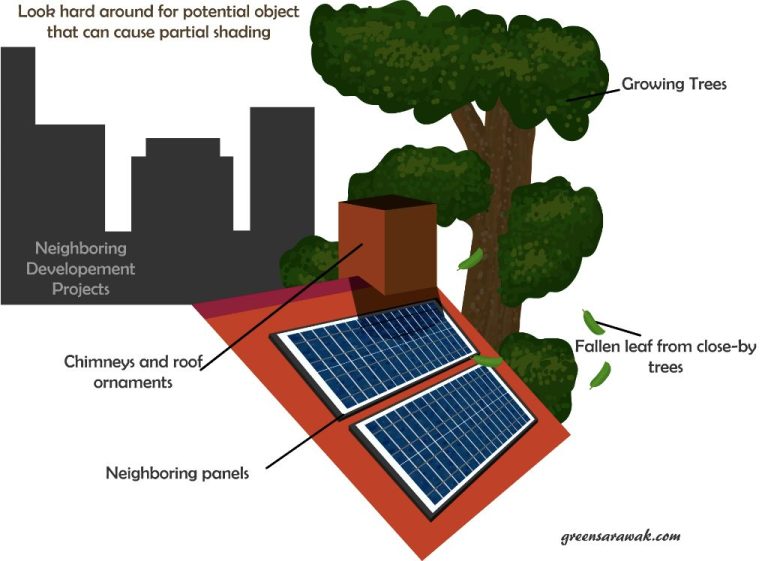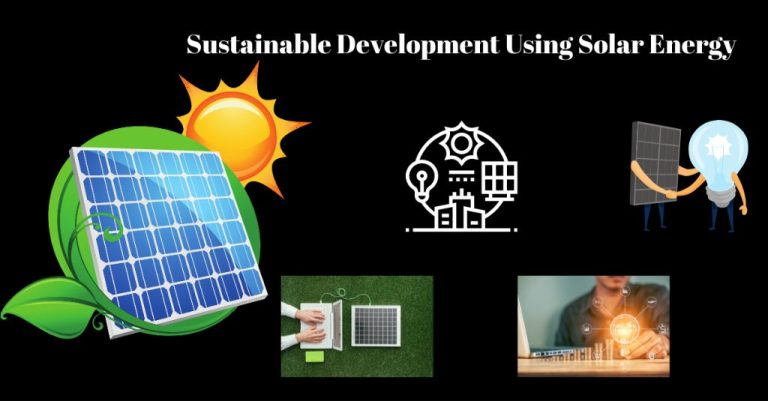Can Solar Power Be Used On A Mobile Home?
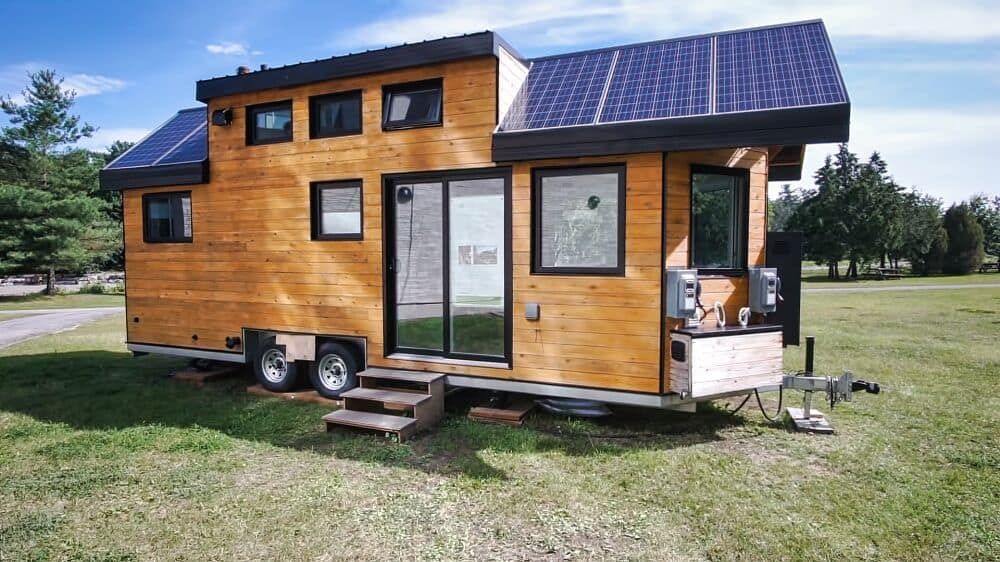
Introduction
Mobile homes offer an affordable housing option, with over 22 million people living in mobile homes in the United States. As energy costs continue to rise, many mobile home residents are looking to solar power as a way to reduce electricity bills. Solar panels can be an effective way to generate electricity, even for mobile homes. However, installing solar on a mobile home comes with unique challenges. Factors like roof space, permits, and costs require careful consideration.
The benefits of adding solar to a mobile home are clear – lower energy bills, energy independence, and a smaller carbon footprint. But the logistics of installing panels on a mobile structure require some compromises. With careful planning, mobile home residents can reap the rewards of solar energy. This guide examines the costs, options, and steps for installing solar panels on a mobile home.
How Solar Power Works
Solar power panels work by converting sunlight into electricity using photovoltaic (PV) cells (1). When sunlight hits these PV cells, the energy knocks electrons loose from the atoms, allowing the electrons to flow through the material to produce electricity. This process of converting light (photons) to electricity (voltage) is called the photovoltaic effect. The more intense the sunlight that hits the panel, the more electricity that is produced.
Solar panels have many PV cells linked together in an array. The direct current (DC) electricity produced by the PV cells is collected and goes through an inverter, which converts the DC current to alternating current (AC) – the type of electricity used in homes. The electricity can then be fed into the electrical grid through a utility meter, providing distributed power for homes and businesses. Any extra electricity produced but not needed immediately is sent into the grid for utility companies to compensate the owner for the power.
(1) https://www.nationalgrid.com/stories/energy-explained/how-does-solar-power-work
Benefits of Solar Power
Using solar power provides several key benefits for mobile home owners:
Clean Renewable Energy
Solar panels generate electricity from sunlight without producing any air or water pollution. According to the U.S. Department of Energy, “The average 5-kilowatt residential system offsets more than half a ton of carbon dioxide emissions every month” (https://www.energy.gov/energysaver/benefits-residential-solar-electricity). This makes solar a clean and sustainable energy source.
Reduce Electricity Bills
Installing solar allows mobile home owners to reduce their dependence on the electric grid. Solar energy that is produced during the day can be used to power appliances and devices or exported back to the grid for bill credits. According to the Solar Energy Industries Association, “The average monthly electric bill savings for a home with solar is $102” (same source as above). Going solar can significantly lower utility costs.
Energy Independence
With solar power, mobile homes can become energy independent and not have to rely solely on the utility grid. Any excess solar electricity that is not used can be stored in batteries for use at night or during power outages. This provides energy reliability and resiliency. According to the U.S. Department of Energy, solar offers “protection against power outages and electricity price hikes” (same source as above).
Challenges of Using Solar on Mobile Homes
There are some unique challenges to installing solar power on mobile homes compared to traditional housing. Three major ones are limited roof space, frequent relocations, and upfront costs.
With their smaller and often oddly-shaped roofs, fitting enough solar panels to meet a mobile home’s energy needs can be difficult. According to a report by CESA, “Limited roof area on a factory-built home restricts the number of modules that can be installed” (https://www.cesa.org/resource-library/resource/solar-for-manufactured-homes/). Careful planning and using high-efficiency panels are key.
Since mobile homes are designed to be relocated, installing a permanently-fixed solar array can get complicated. Frequent moves mean the solar system will need to be uninstalled and reinstalled, adding costs and labor. There are some portable solar options, but their output is lower.
Finally, the significant upfront investment for solar can be prohibitive for mobile home owners with lower incomes. According to PV Magazine, “The residents of manufactured housing communities are more likely to have low or moderate incomes” (https://pv-magazine-usa.com/2021/06/09/solar-for-manufactured-homes-the-next-frontier-for-energy-equity/). Creative financing programs can help.
Assessing Your Mobile Home’s Solar Potential
Before deciding on solar for your mobile home, it’s important to assess your specific situation to determine if solar is feasible and cost-effective. Here are some key factors to consider:
- Roof size, angle and direction – The roof of your mobile home needs to have adequate surface area and proper orientation to maximize solar production. South-facing roofs with a tilt of 30-45 degrees are ideal.
- Energy usage and bills – Review at least one full year of electric bills to analyze your energy consumption patterns. This helps determine the appropriate solar system size to meet your needs.
- Local regulations – Check with your mobile home park and local building codes to ensure solar installations are permitted. Zoning laws may restrict solar panel placement.
There are also tools available to conduct a remote solar assessment based on your address and utility bill data. Consulting with a qualified solar installer is recommended to survey your particular mobile home for the best solar solution. They can evaluate factors like roof condition, electrical system capacity, and energy efficiency opportunities as well.
Proper solar assessment upfront is key to choosing the optimal system design and smooth installation process on your mobile home. It ensures your specific solar goals, constraints and costs are addressed from the start.
Solar System Options
There are a few different solar system options to consider for mobile homes:
Traditional rooftop panels: This is the most common solar setup, where panels are installed directly on the roof. However, mounting panels on a mobile home roof can be challenging due to the roof’s pitch and construction. Careful engineering is required to ensure the roof can handle the additional weight (https://www.intermtnwindandsolar.com/can-you-use-solar-power-for-a-mobile-home/).
Ground-mount systems: Panels can be installed on the ground rather than the roof. This avoids roof issues, provides more flexibility for panel placement, and makes panels easier to access for cleaning and maintenance. However, it takes up yard space and may require trenching for electrical wires (https://blog.ecoflow.com/us/solar-panel-mobile-homes-guide/).
Off-grid vs grid-tied: Off-grid systems operate independently to generate power just for the mobile home. Grid-tied systems connect to the local utility grid to both draw and supply power. Grid-tied allows net metering to get credit for excess solar power produced (https://mobilehomeenergy.com).
Costs and Incentives
The average cost of installing solar panels on a mobile home ranges from $10,000-$20,000 for a 3-6 kW system, but can vary greatly depending on system size, your specific energy needs, and more factors.
There are several financial incentives available to help offset the costs of installing solar on a mobile home:
- Federal Solar Investment Tax Credit – This provides a 26% tax credit for systems installed through 2032. The credit will fall to 22% in 2033 and 0% in 2034 and beyond.
- State/local solar rebates and incentives – Many states, cities and utilities offer additional rebates and incentives for residential solar, including on mobile homes.
For example, California has a Solar for All rebate program that provides up to $22,500 in additional incentives for low-income households. Texas offers a sales tax exemption for solar equipment purchases.
Financing options like loans and PPAs can spread out costs over time. The faster you pay off the system, the more you benefit from the free electricity.
To maximize savings, it’s important to consult with installers and explore all available incentives. The Solar Guide for Mobile Homes has more details on costs and programs.
Installing and Maintaining Solar
Professional installation is highly recommended for solar systems on mobile homes. While DIY installation may seem appealing for the cost savings, the roof and structural components of a mobile home are less suited for amateur solar mounting. Hiring a reputable solar contractor ensures the system is properly engineered for wind uplift and weight loads, avoiding roof penetrations that could lead to leaks. They will also obtain the required permits and complete inspections to meet local building codes.
Solar systems require little maintenance once installed. Solar panels are designed for decades of maintenance-free operation. With no moving parts, they are remarkably durable. Modern solar inverters also require no regular servicing. Occasional cleaning of panels and checking connections is advisable. Any obstructions like overgrown trees should be trimmed to avoid shading. Overall, solar systems are low maintenance investments compared to generators or propane appliances.
Citations:
[1] https://www.intermtnwindandsolar.com/can-you-use-solar-power-for-a-mobile-home/
[2] https://blog.ecoflow.com/us/solar-panel-mobile-homes-guide/
Relocating with Solar
When relocating a mobile home with an existing solar system, there are a few key steps to take for a smooth transition. First, the solar panels will need to be detached from the roof prior to moving the home. Panels are designed to be removable and an installation company can assist with properly removing them for transport. According to Qorax Energy, panels can simply be reattached at the new location[1].
It’s also important to update any paperwork, permits or approvals related to the solar system. Check with your local permitting office to see if any new permits or inspections are required for the new location[2]. You may need an updated interconnection agreement with the utility company. Be sure to claim any solar tax credits or incentives again for the new site if they are still available.
With some preparation, relocating with an existing solar system can be a smooth process. Detach the panels, move the home, obtain any necessary approvals, and reinstall the system to start generating clean power in your new location.
Is Solar Right for Your Mobile Home?
When deciding if solar power is right for your mobile home, there are a few key considerations. First, assess your mobile home’s age, roof condition, and how much sun exposure it gets. Older mobile homes or those with roof issues may need repairs and upgrades before solar can be installed. Ensure your roof gets full sun for at least 5 hours per day. Next, calculate your energy usage and needs. The average mobile home uses around 30 kWh per day. Size your solar system to offset 50-100% of your usage. Finally, determine your budget and financing options. Expect to pay $15,000-$25,000 for a full solar array. Tax credits, rebates, and financing can reduce costs. Overall, solar power can be an excellent option for mobile homes with proper siting, sufficient energy demand, and financing in place.[1][2]
The future looks bright for mobile home solar. Costs continue to fall as technology improves. New flexible, thin-film panels are easier to install on curved and uneven mobile home roofs. Generous federal tax credits through 2032 will keep payback periods short. Rising utility rates will make solar even more cost-effective. Mobile home manufacturers are starting to integrate solar into new models. With greater public awareness and expanding financing options, solar adoption for mobile homes is poised for strong growth.

